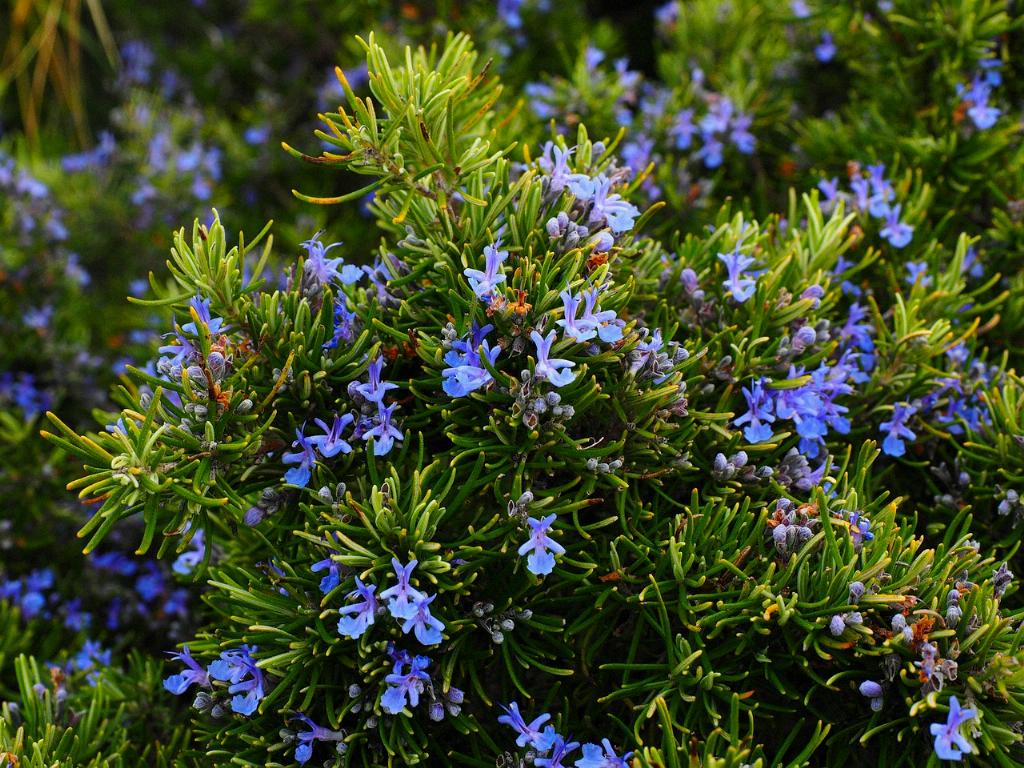Pruning shrubs and bushes is a crucial aspect of maintaining a healthy and attractive garden. By regularly trimming and shaping your plants, you not only enhance their overall appearance but also promote their growth and longevity.
Tools Needed for Pruning
Before you begin the pruning process, it’s essential to gather the necessary tools. These include sharp pruning shears, loppers for thicker branches, and a pruning saw for larger limbs. Having the right tools will ensure clean cuts and minimize damage to the plant.
Identifying Dead or Diseased Branches
When pruning shrubs and bushes, the first step is to identify and remove dead or diseased branches. These branches not only detract from the plant’s appearance but can also harbor pests and diseases that can spread to healthy parts of the plant.
Pruning Techniques for Shrubs and Bushes
When pruning, it’s important to follow specific techniques to promote optimal growth. Start by cutting back overgrown branches to maintain the plant’s shape and size. Additionally, trim any branches that are crossing or rubbing against each other to prevent damage.
Preventing Overcrowding
Overcrowding can hinder the growth of shrubs and bushes by limiting airflow and sunlight. To prevent overcrowding, prune back branches that are growing too closely together, allowing each branch to have ample space to thrive.
Encouraging New Growth
Pruning stimulates new growth in shrubs and bushes by promoting the development of dormant buds. By selectively removing older branches, you encourage the plant to produce new shoots, resulting in a fuller and more vibrant appearance.
Timing of Pruning
The timing of pruning is crucial for the health of your shrubs and bushes. While some plants should be pruned in early spring before new growth emerges, others benefit from pruning in late winter or early fall. Understanding the specific pruning requirements of each plant is essential for successful pruning.
Avoiding Overpruning
Overpruning can weaken shrubs and bushes, making them more susceptible to disease and pest infestations. To avoid overpruning, only remove the necessary branches and avoid cutting back more than one-third of the plant’s overall growth.
Maintaining Shape and Structure
By regularly pruning shrubs and bushes, you can maintain their desired shape and structure. Trim branches to encourage upward growth, and remove any downward-facing branches that disrupt the plant’s natural form. This helps create a visually appealing landscape.
Aftercare and Maintenance
After pruning, it’s essential to provide proper aftercare and maintenance to support the plant’s recovery. Water the plant thoroughly, especially during dry periods, and apply a balanced fertilizer to promote healthy growth. Monitor the plant for any signs of stress or disease following pruning.
Safety Precautions
When pruning shrubs and bushes, always prioritize safety. Wear protective gloves and eyewear to prevent injuries from sharp branches. Use caution when working with pruning shears and saws, and be mindful of your surroundings to avoid accidents.
Consulting with Experts
If you’re unsure about how to prune specific shrubs or bushes, consider consulting with gardening experts or professionals. They can provide guidance on the proper pruning techniques for different plant species and help you achieve optimal results in your garden.

Enjoying the Fruits of Your Labor
By following proper pruning techniques and investing time and effort into maintaining your shrubs and bushes, you can enjoy a thriving and beautiful garden year-round. Take pride in the results of your pruning efforts and revel in the beauty of a well-kept landscape.
